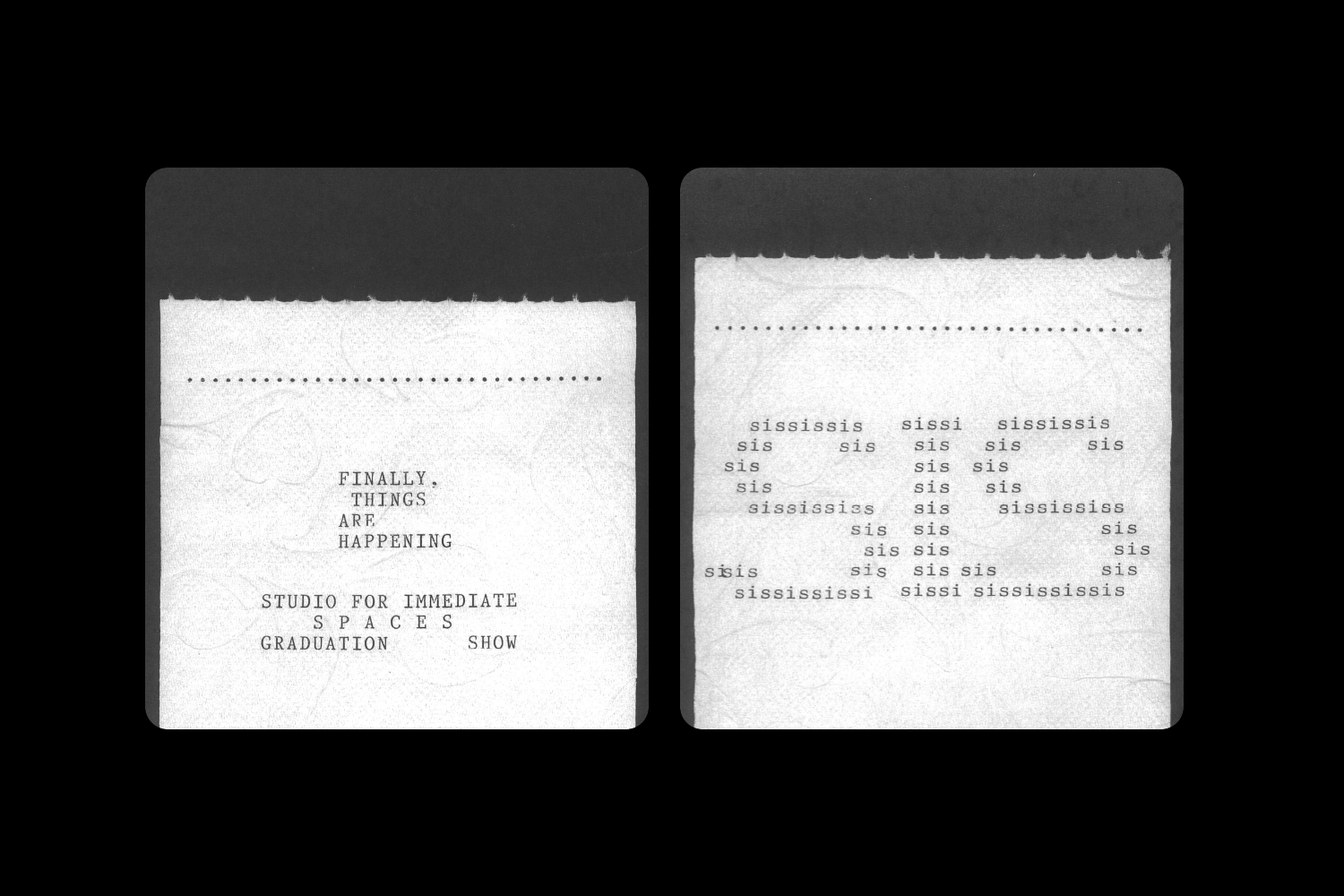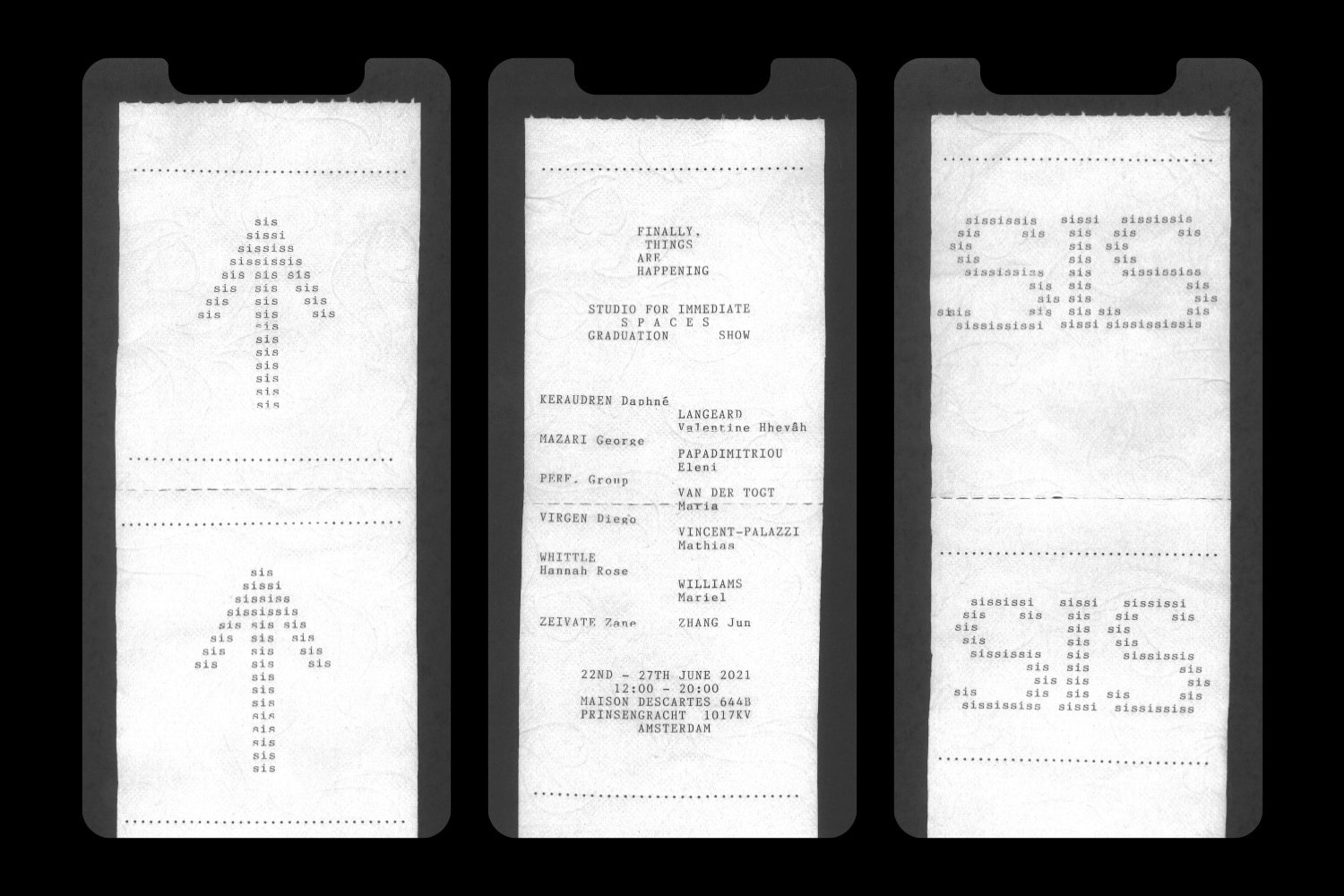THE CHRONIC WANDERING
OF DUST
project type - Site-Specific Video Installation
year - 2022
year - 2022
‘The Chronic Wandering of Dust’ was my contribution to Holding Pattern; Sandberg Instituut’s Studio for Immediate Spaces 2022 graduation show at De Oude Rechtbank, the former courthouse in Amsterdam. This project delved into the moral narratives of dust and the mechanisms for its control. By physically interacting with cloths laden with dust extracted from the shelves of the IHLIA Heritage —the largest LGBTQIA+ archive in Europe— visitors were invited to partake in the everlasting circularity of dust. The piece was a nostalgic activation of dust, an undesirable agent that manifests itself as an uncanny physical index of history when displaced from one place to another, while having the ability of unsettling regimes of order, permanence, and control. The compulsive task of dusting served as a metaphor for the dynamics between repression and desire. Dust, like desire, cannot be swept under the rug. It is simply moved, not removed.
Featured in The Salmon of Knowledge,
Our Polite Society.
Featured in The Salmon of Knowledge,
Our Polite Society.
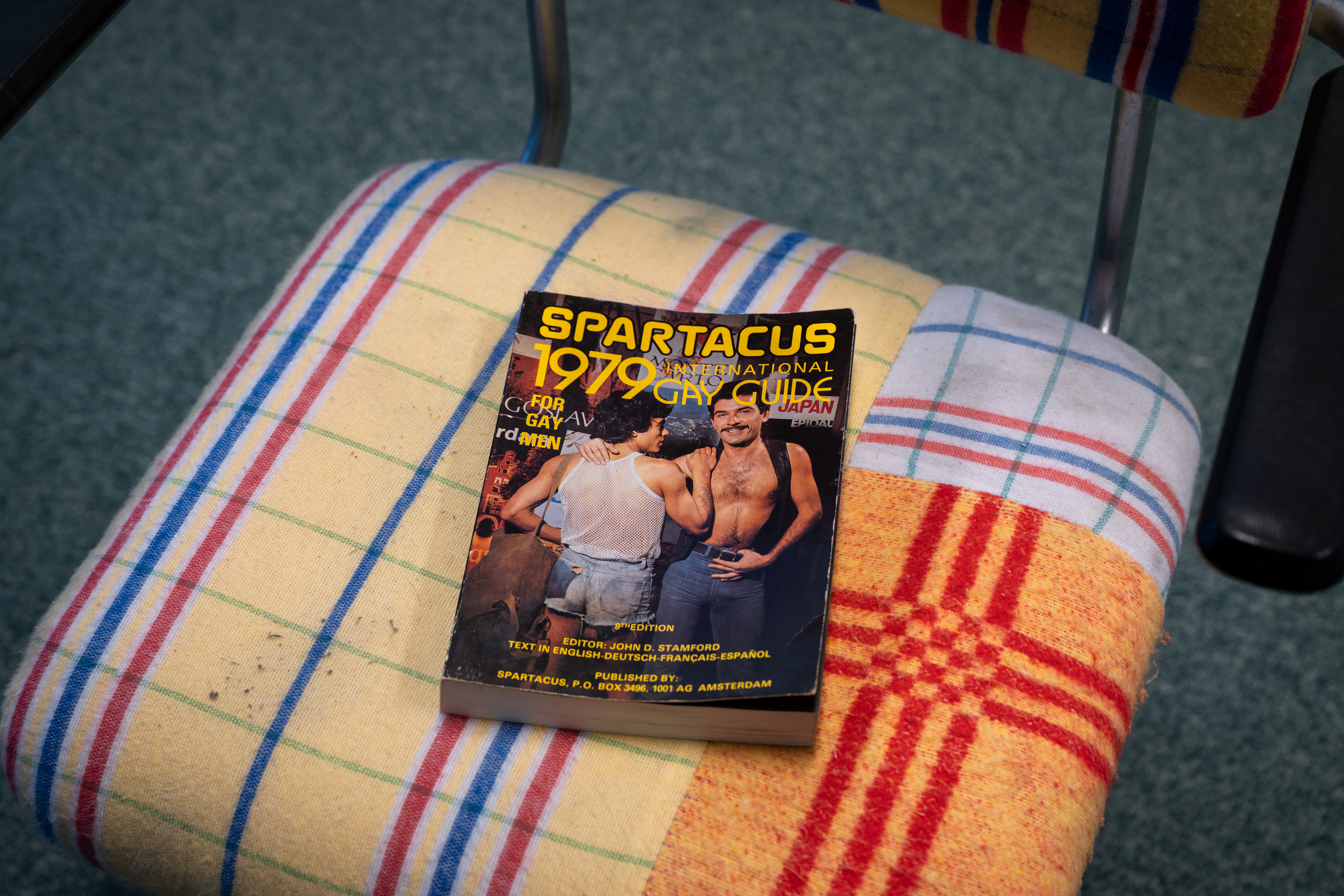
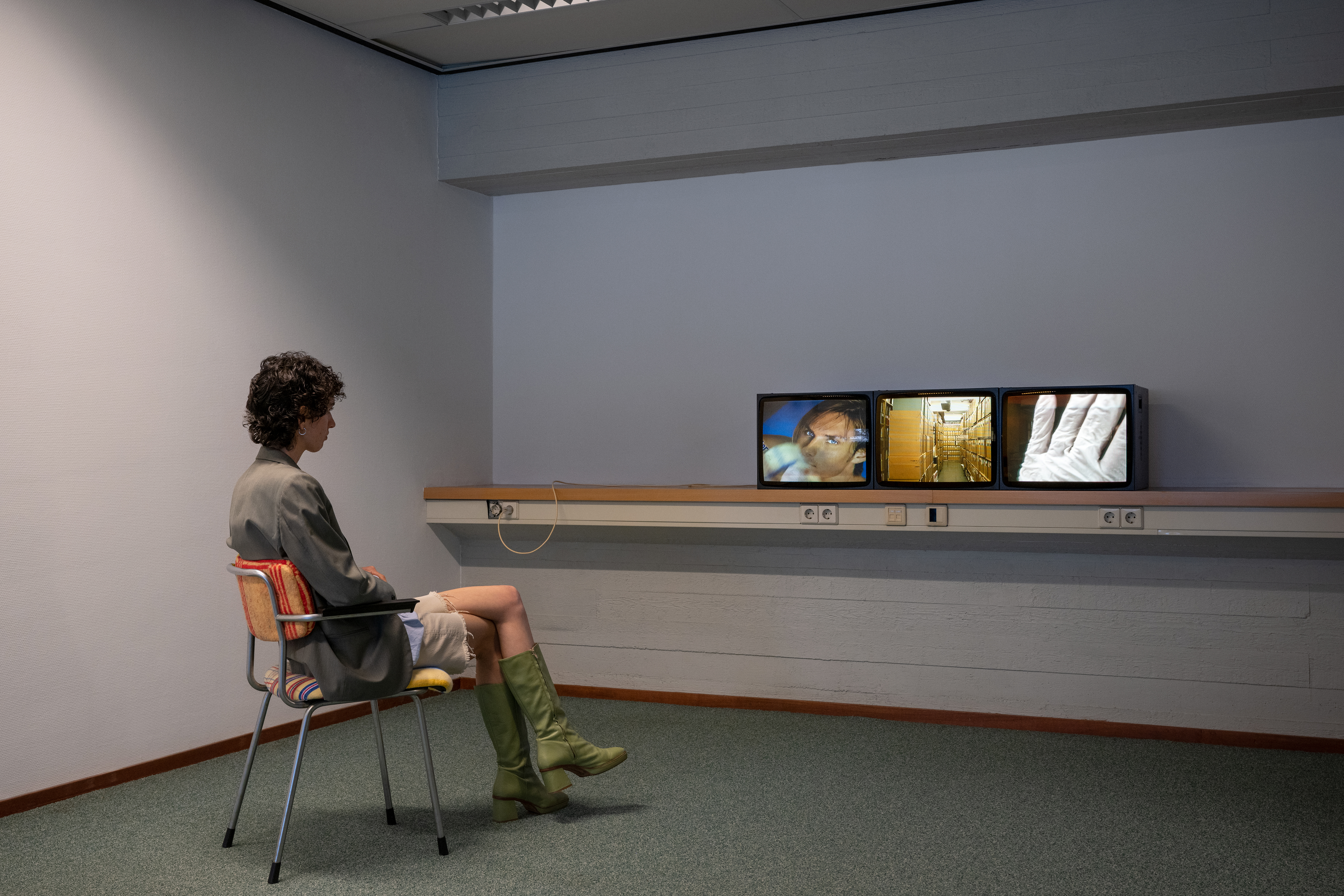




DELEITERÍA
BILBAO & BUENOS AIRESproject type - Visual Identity Preview
year - 2024
year - 2024
WIP
WIP
WIP


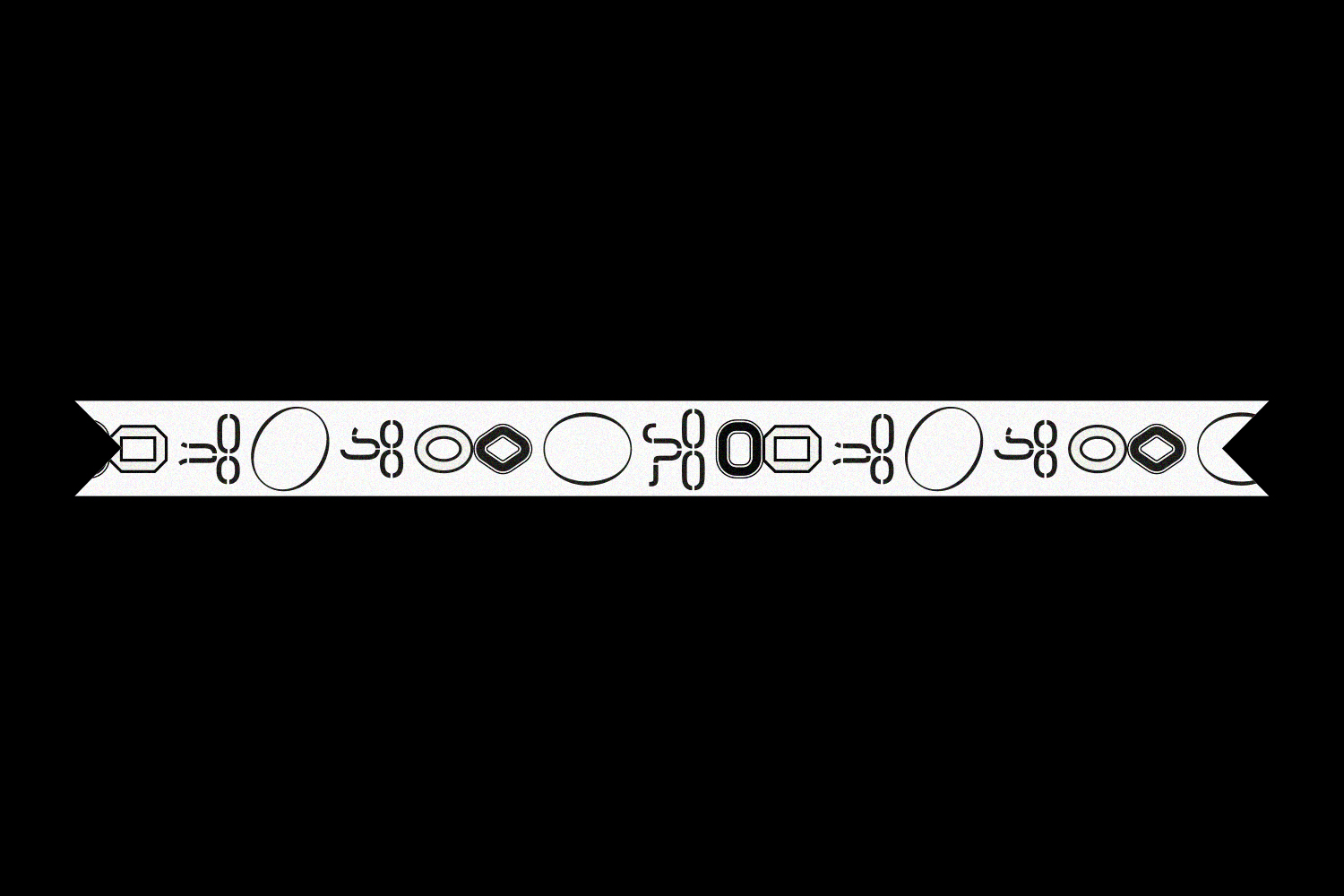

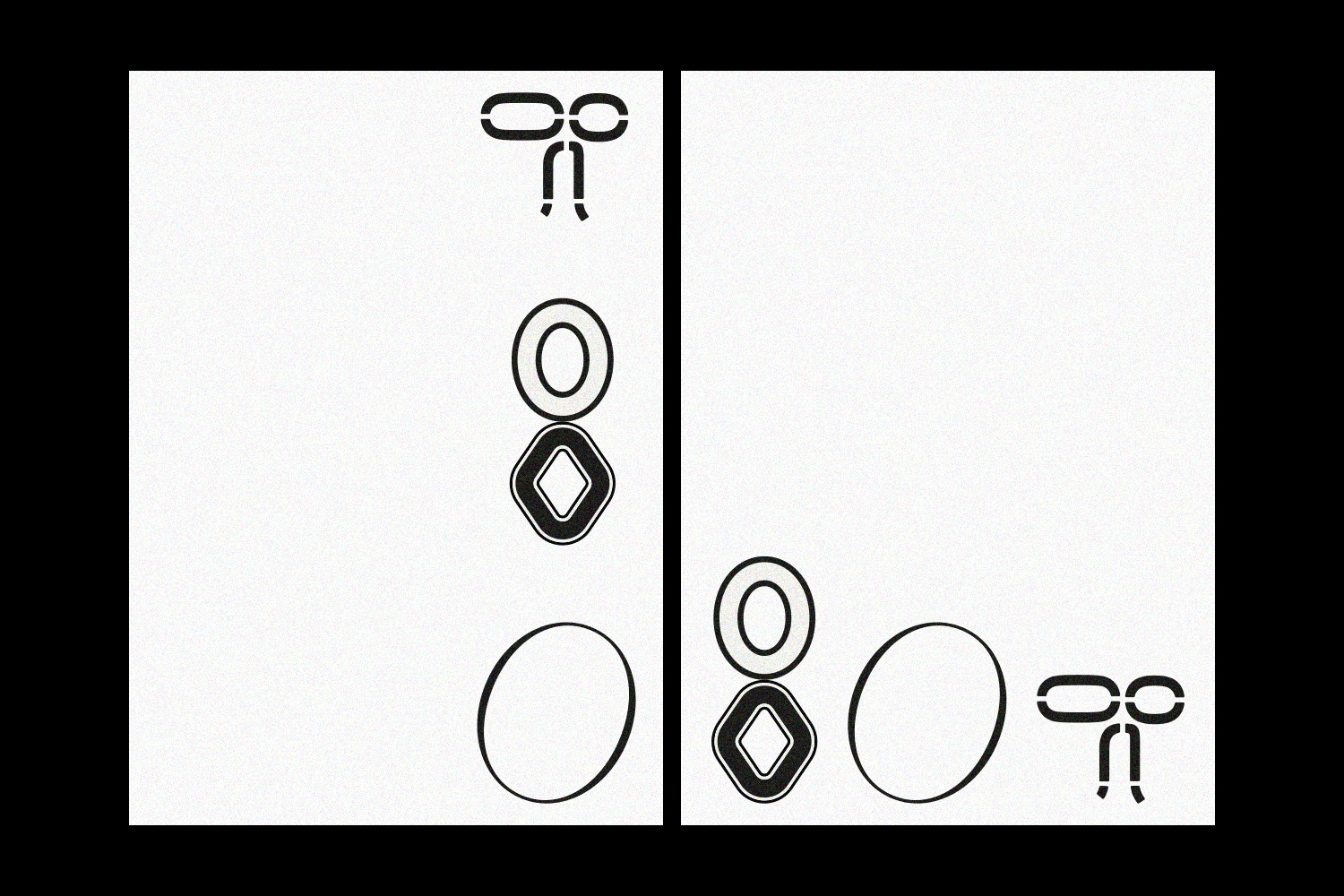
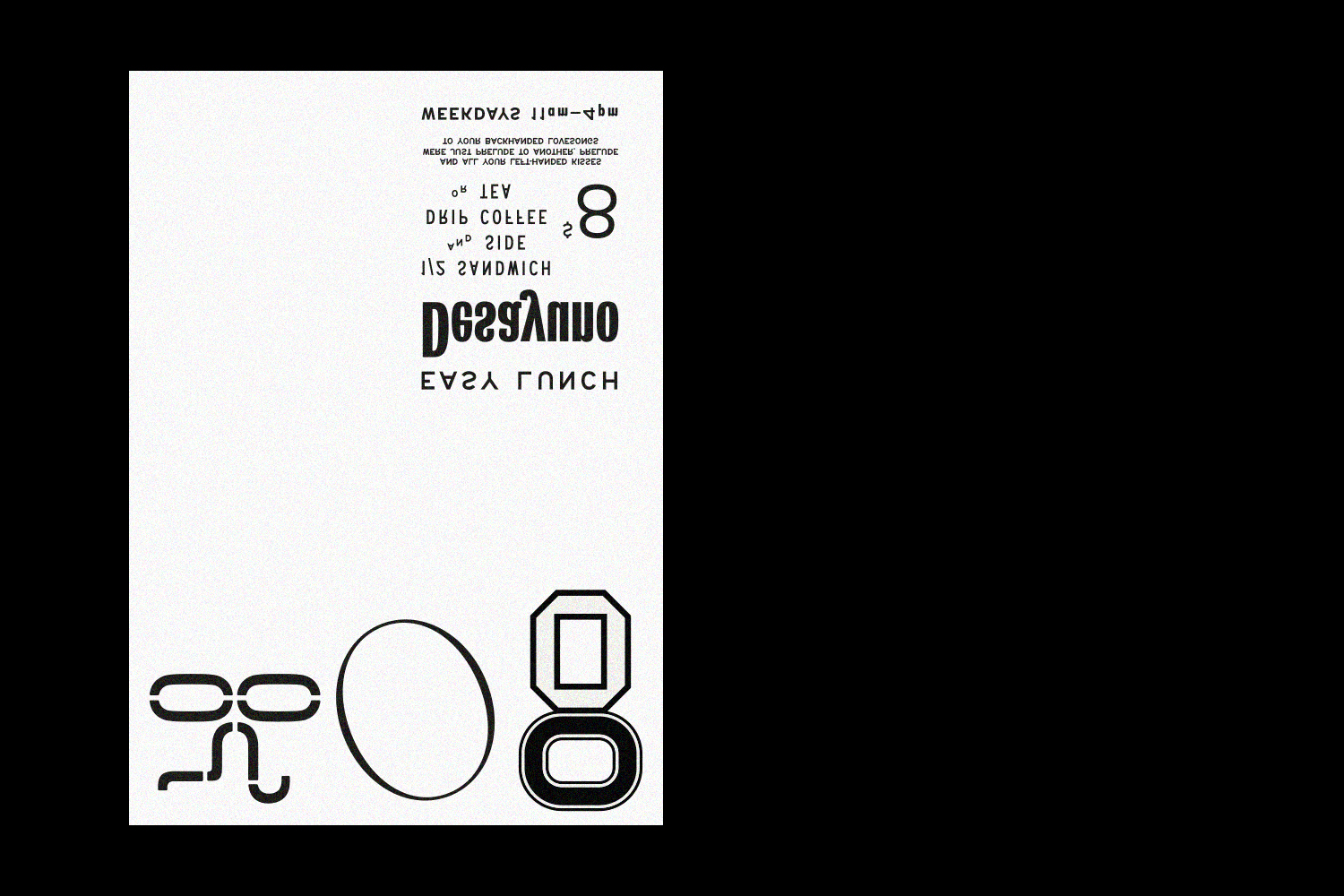
YOUR DIRT, MY TREASURE
YOUR DISGUST, MY JOY
project type - Site-Specific Installation
year - 2022
year - 2022
This uncanny installation was devised by producing a set of critical applications, tools and situations for queer spatial agency by appropriating space through the dispersion of human saliva. These sculptural gestures — dispersed bodily fluid in mist and the embedded screen displaying magnifying saliva — can be seen as exercises in scale that exemplify the tension between bodily fluids in relation to manufactured devices, aerial circulation in space, and defamiliarization through magnification. By using consumerism’s language combined with scientific, or rather pseudo-scientific visualisations, a tactical intervention was made, relating to a broader modern scientific and medical discourse on hygiene, which historically engendered spatial segregation, and continues to do so. An intimate, yet thought-provoking spatial proposition where desire, ambivalence and transgression could be seen as gestures associated to “queer-scapes” and appropriation through forms of apparent pollution.
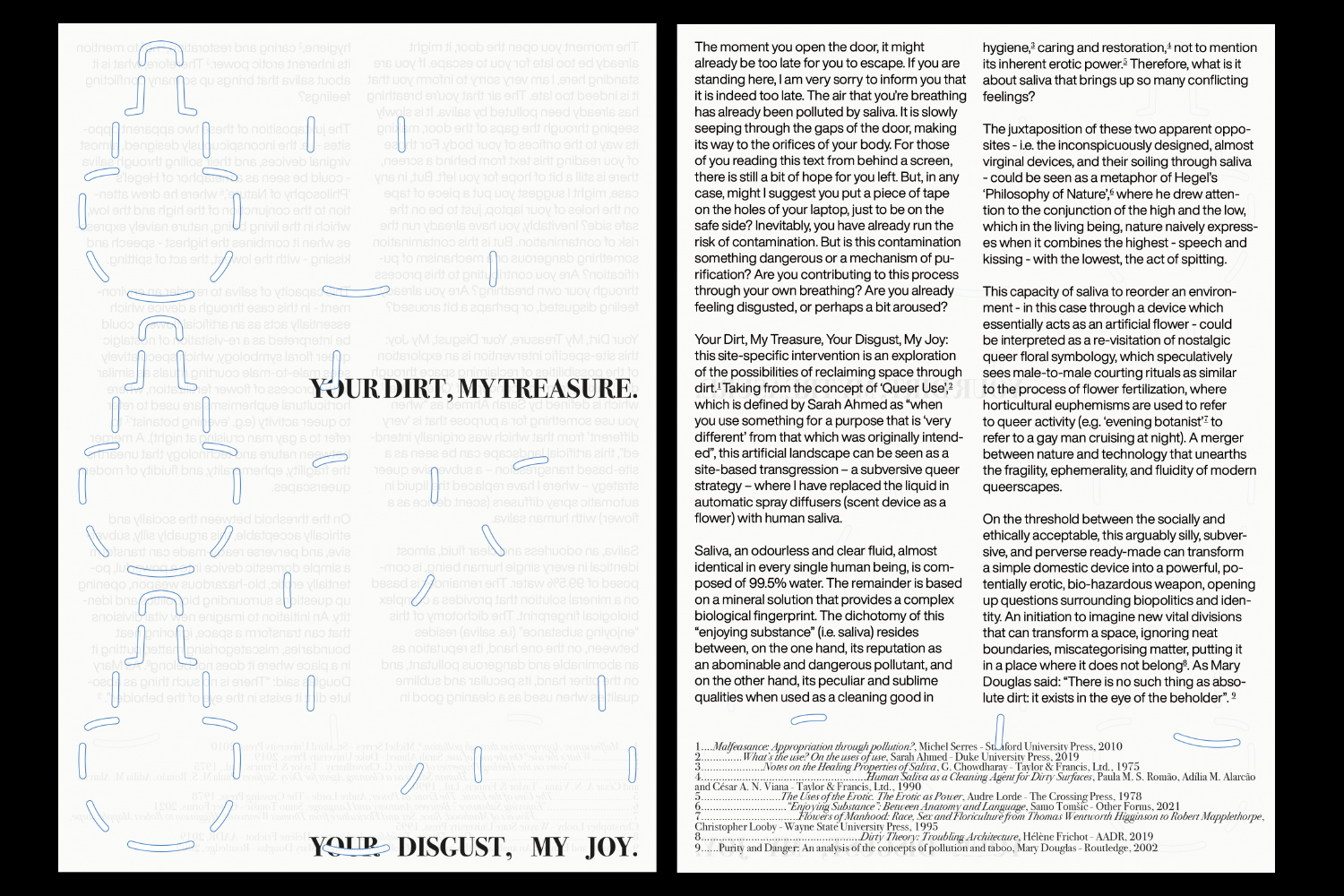
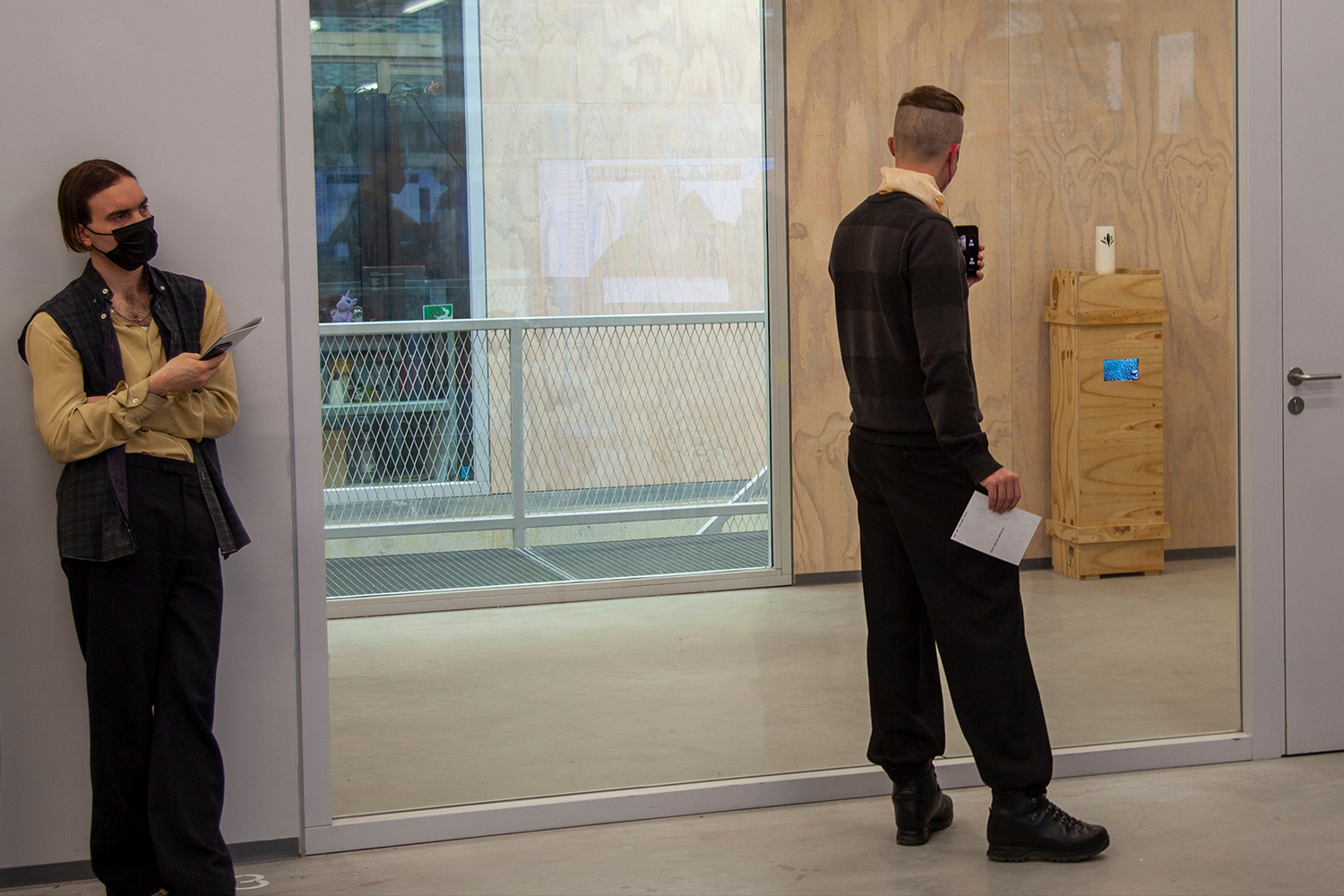
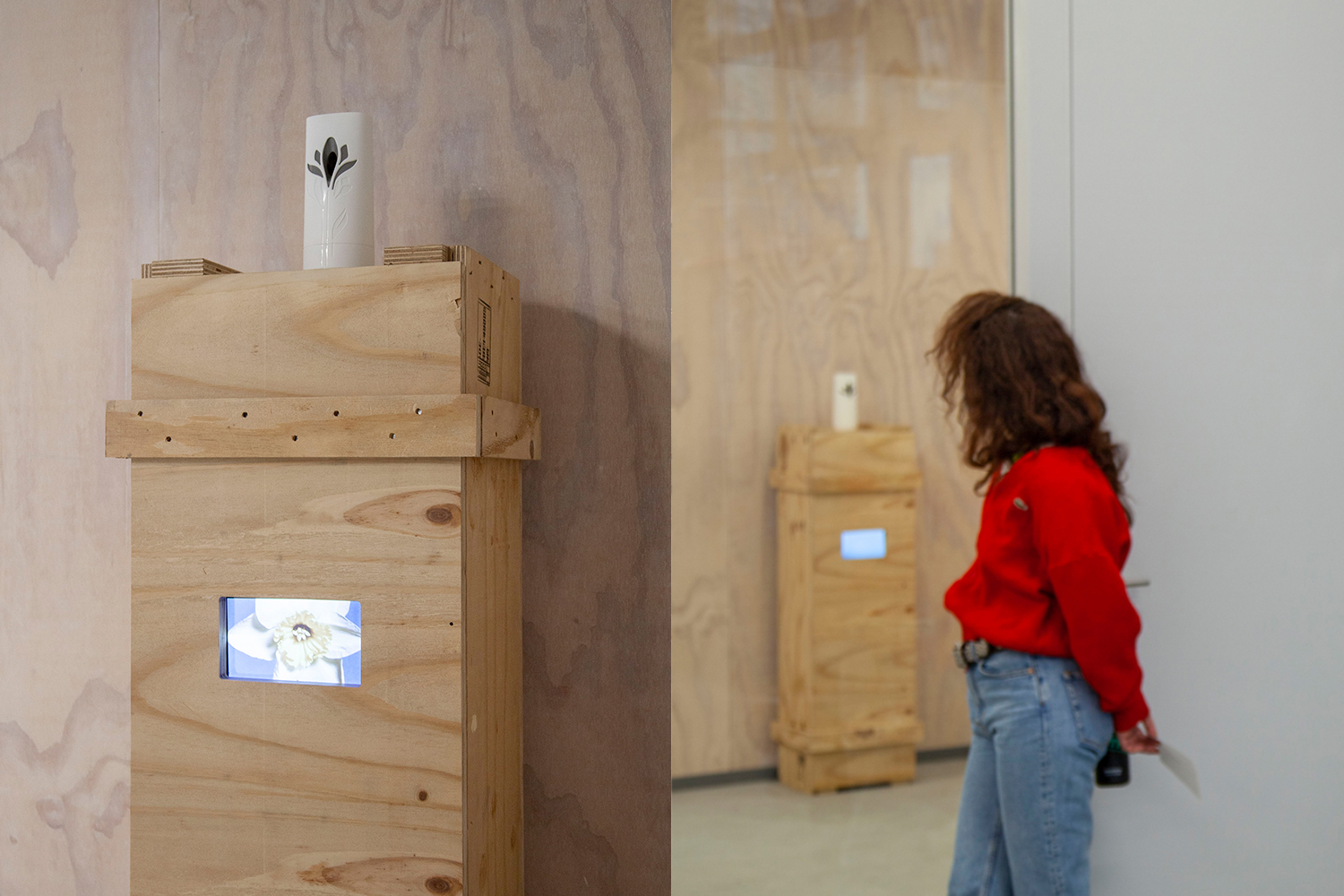
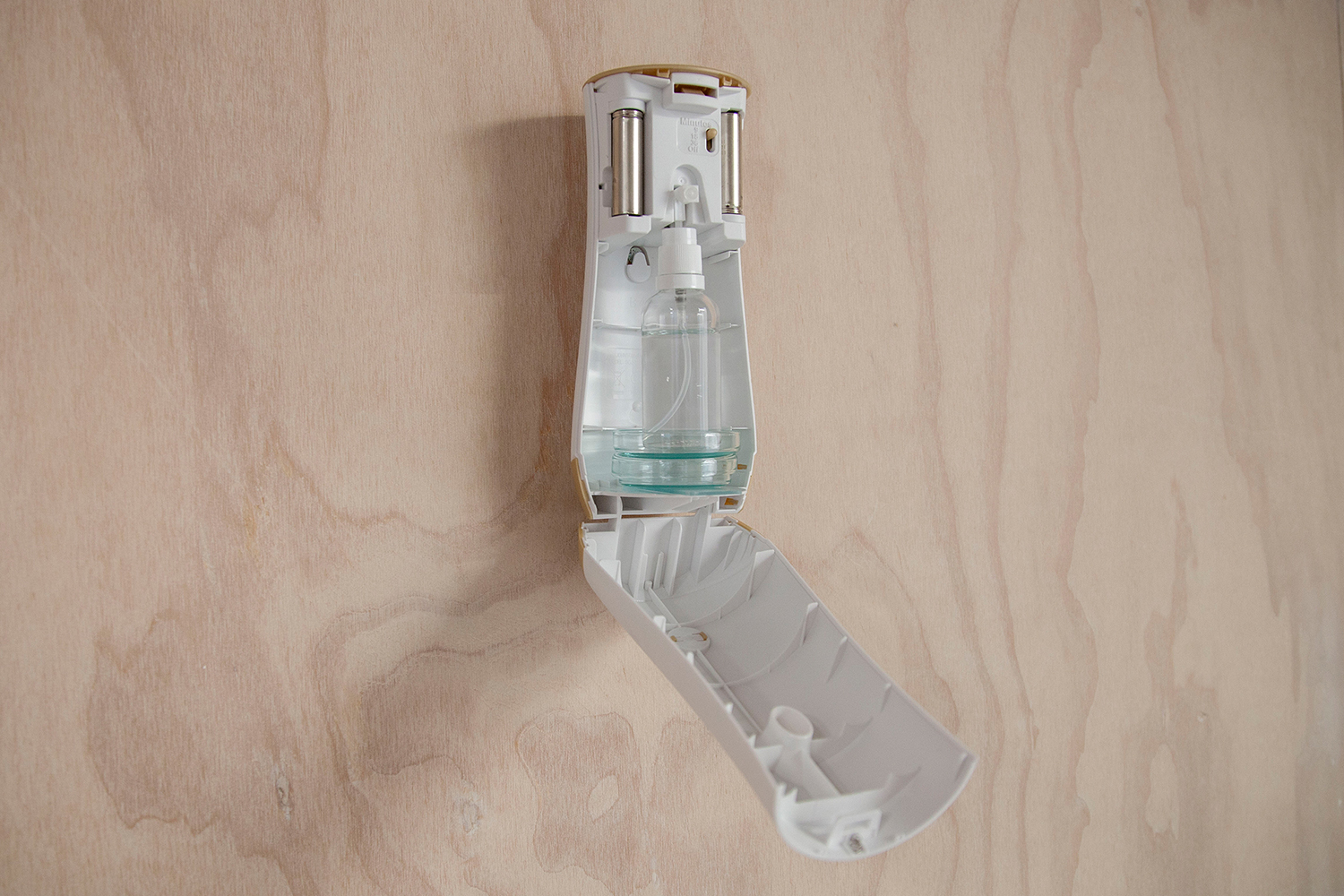
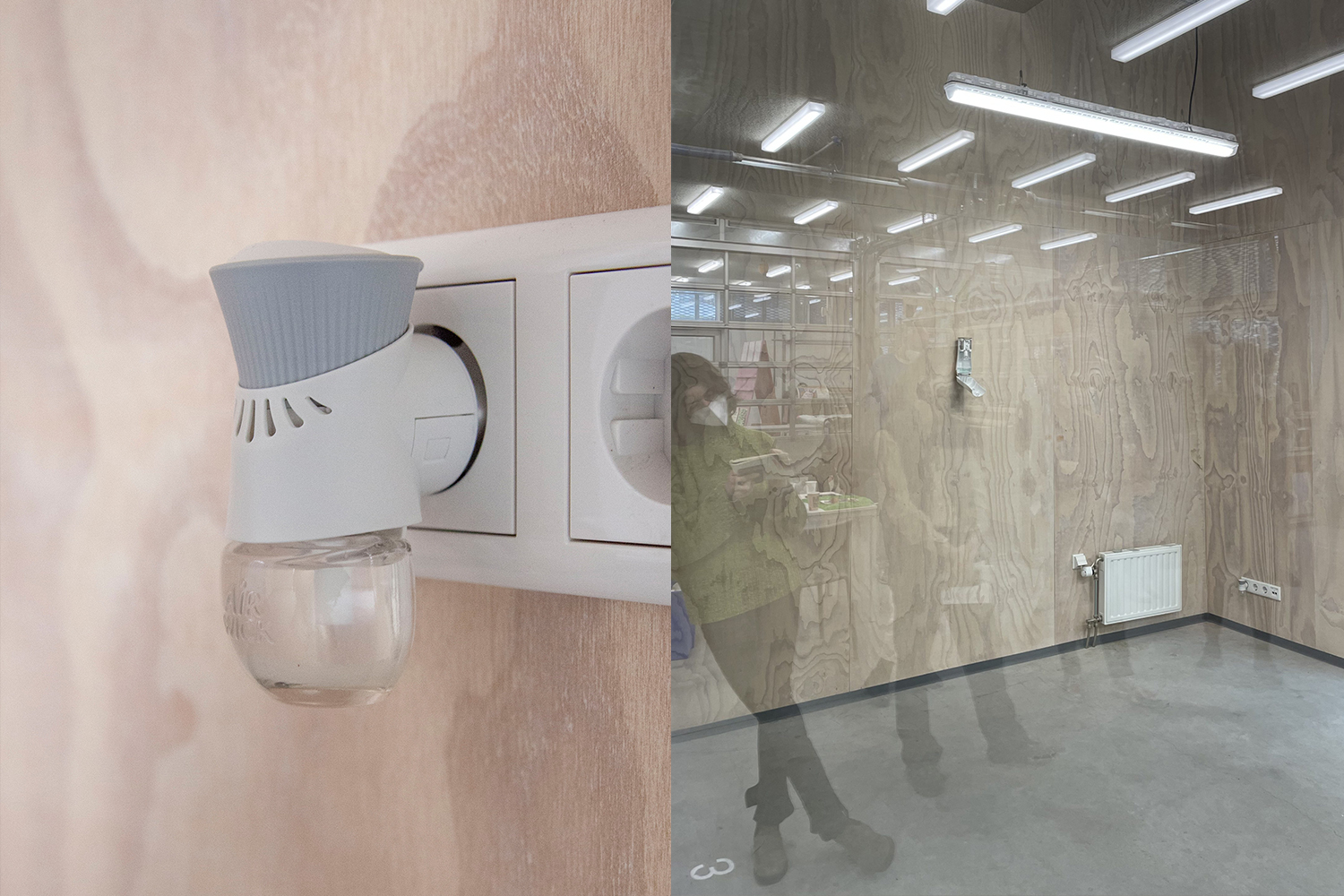
CAPTURE DISPLAY
project type - Editorial, Visual Identity, Exhibition
year - 2021
year - 2021
Sandberg Instituut’s Studio for Immediate Spaces spent a week in close contact with the collection and the spaces of Het Nieuwe Instituut. Working collaboratively, the participants identified key documents from the drawings, photographs and models belonging to the archives of Dutch architects and urban planners. They considered how things appear, how they are stored, who collected them and why they were kept and deposited. Finally, they mobilized the documents, giving thought and shape to what they wanted the documents to do differently. The result is an exhibition as a critical documentary, exposing modes of operating on the documents: copying, enlarging, folding, displacing, recontextualizing, deleting, editing, reclassifying, translating, hiding. Within self-imposed constraints, the production was kept to a bare minimum: two walls, one printer, one sound system, one tape roll. Four groups storyboarded strategies for a potentially cinematic space, articulated in four chapters, each linking back to a set of documents from the institute’s collection. Using the archive is not a neutral but a creative act with an aesthetic intention, an audience and a purpose. The exhibition is the means to select, present and create new adjacencies, allowing for new types of knowledge circulation.

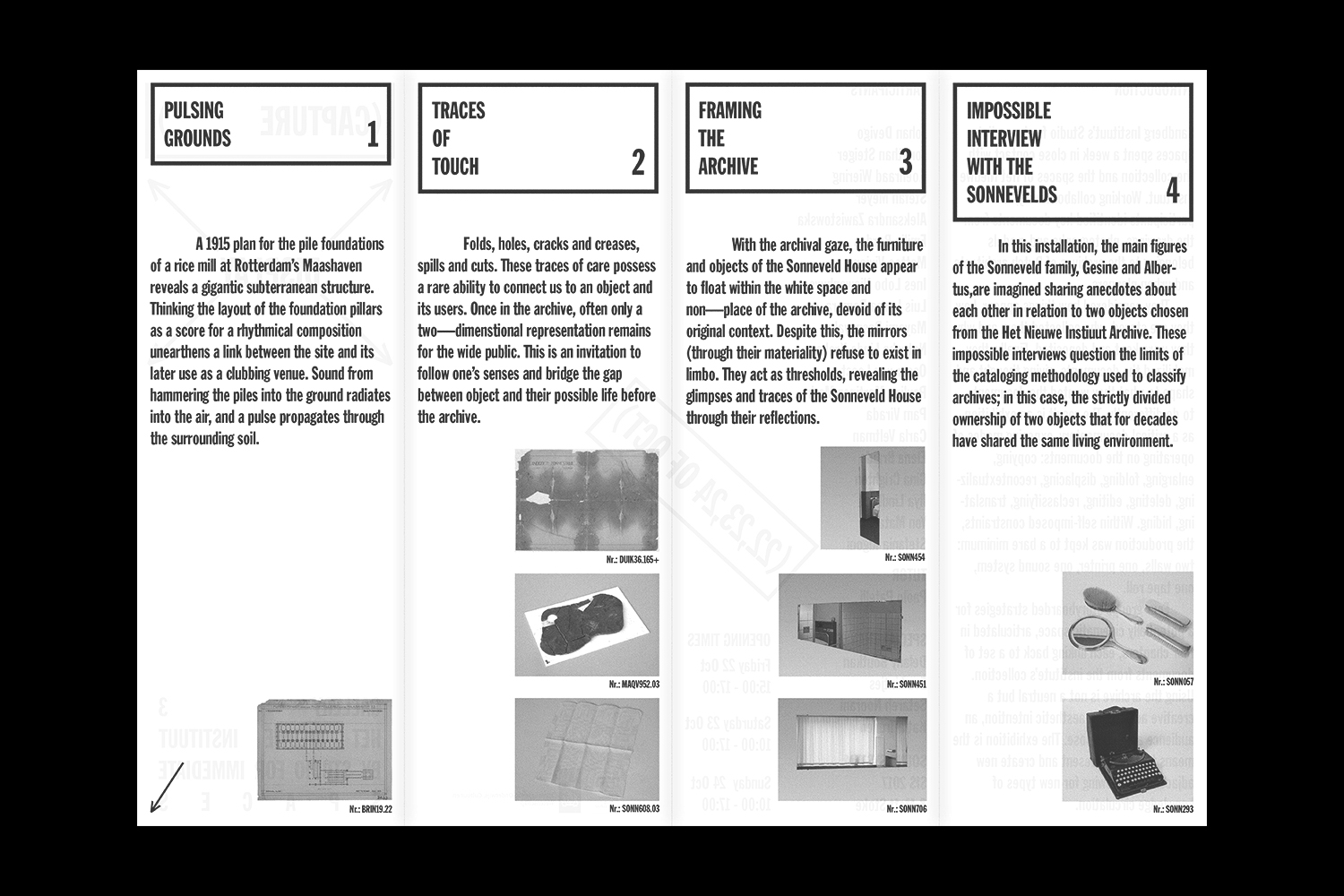
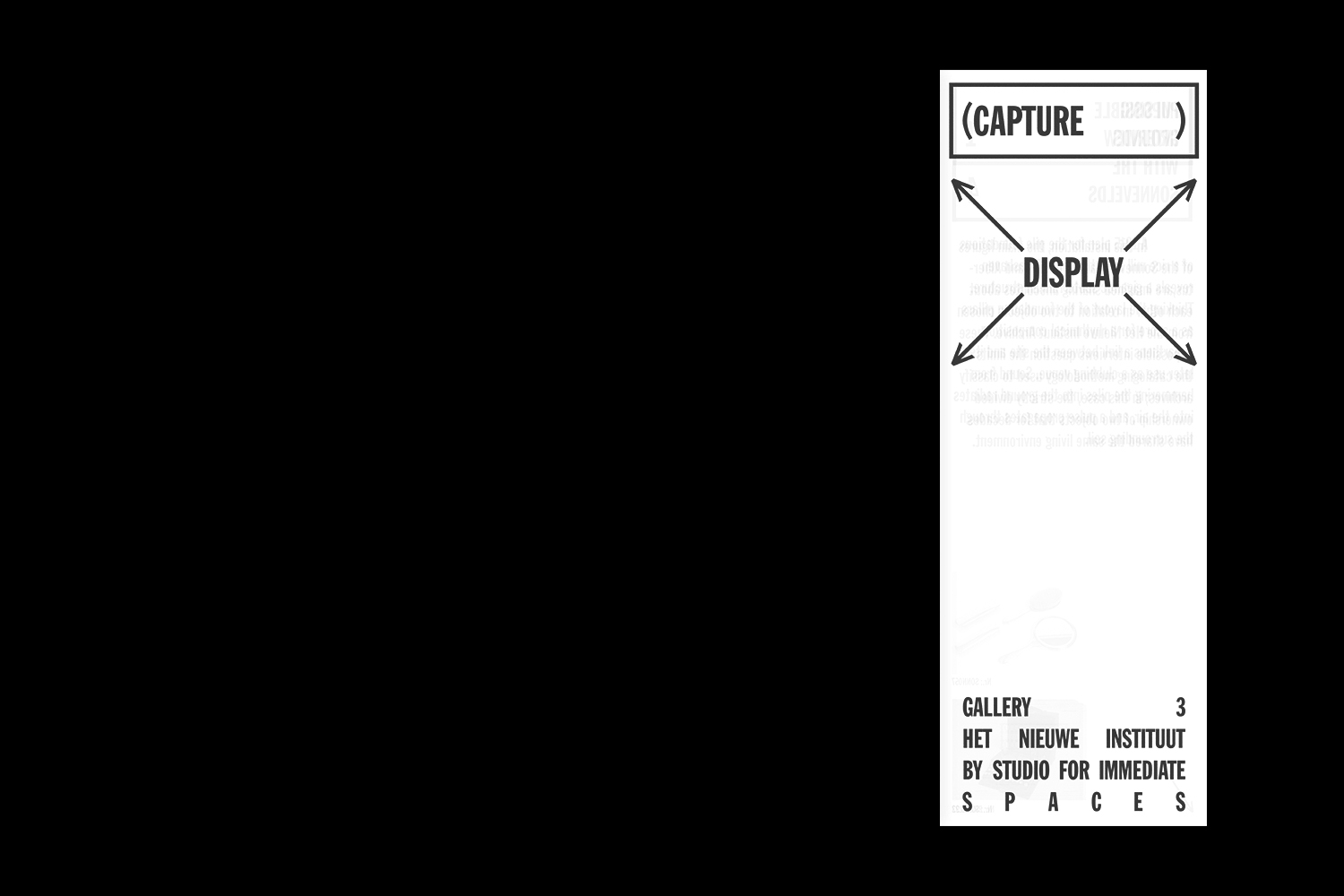

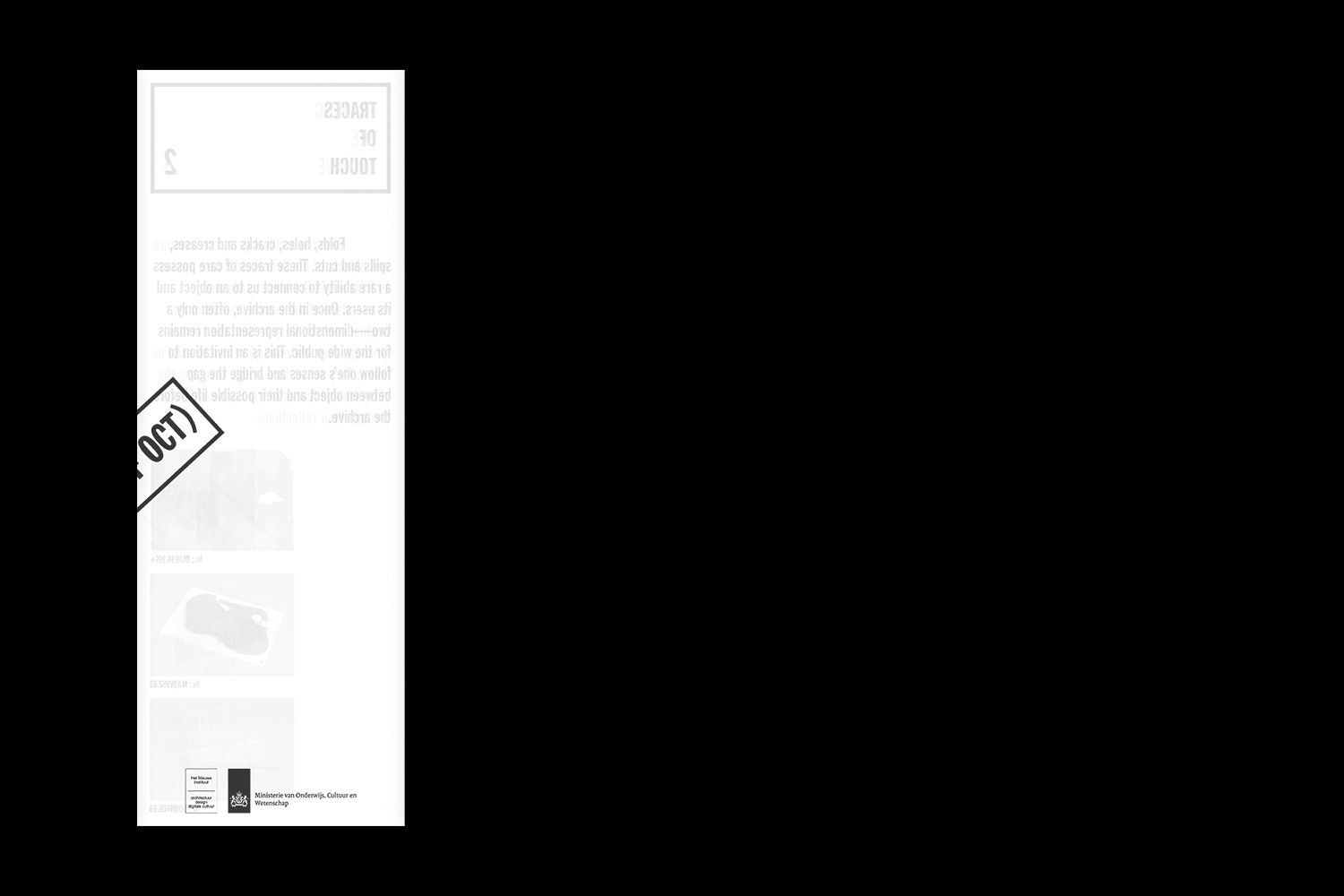
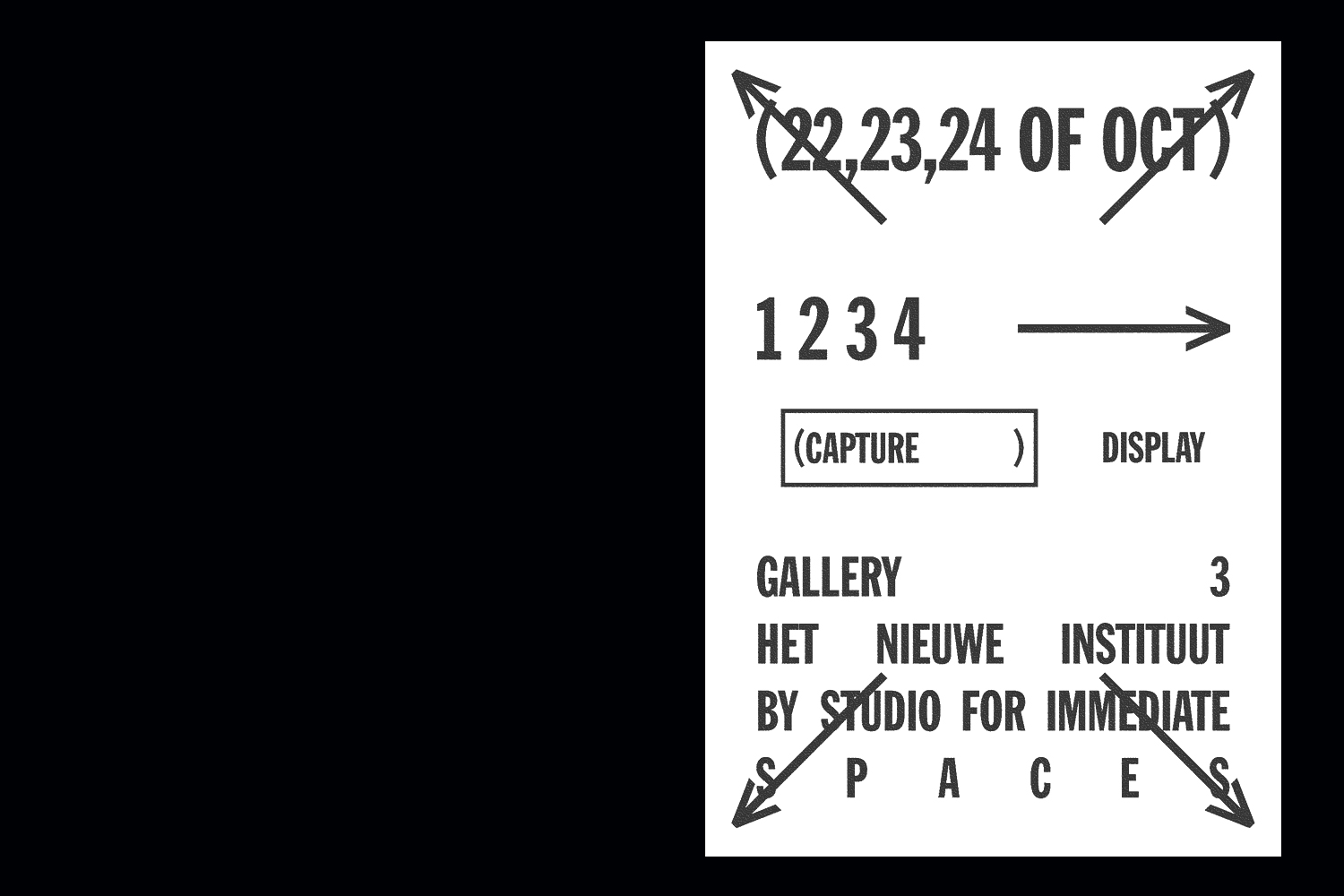
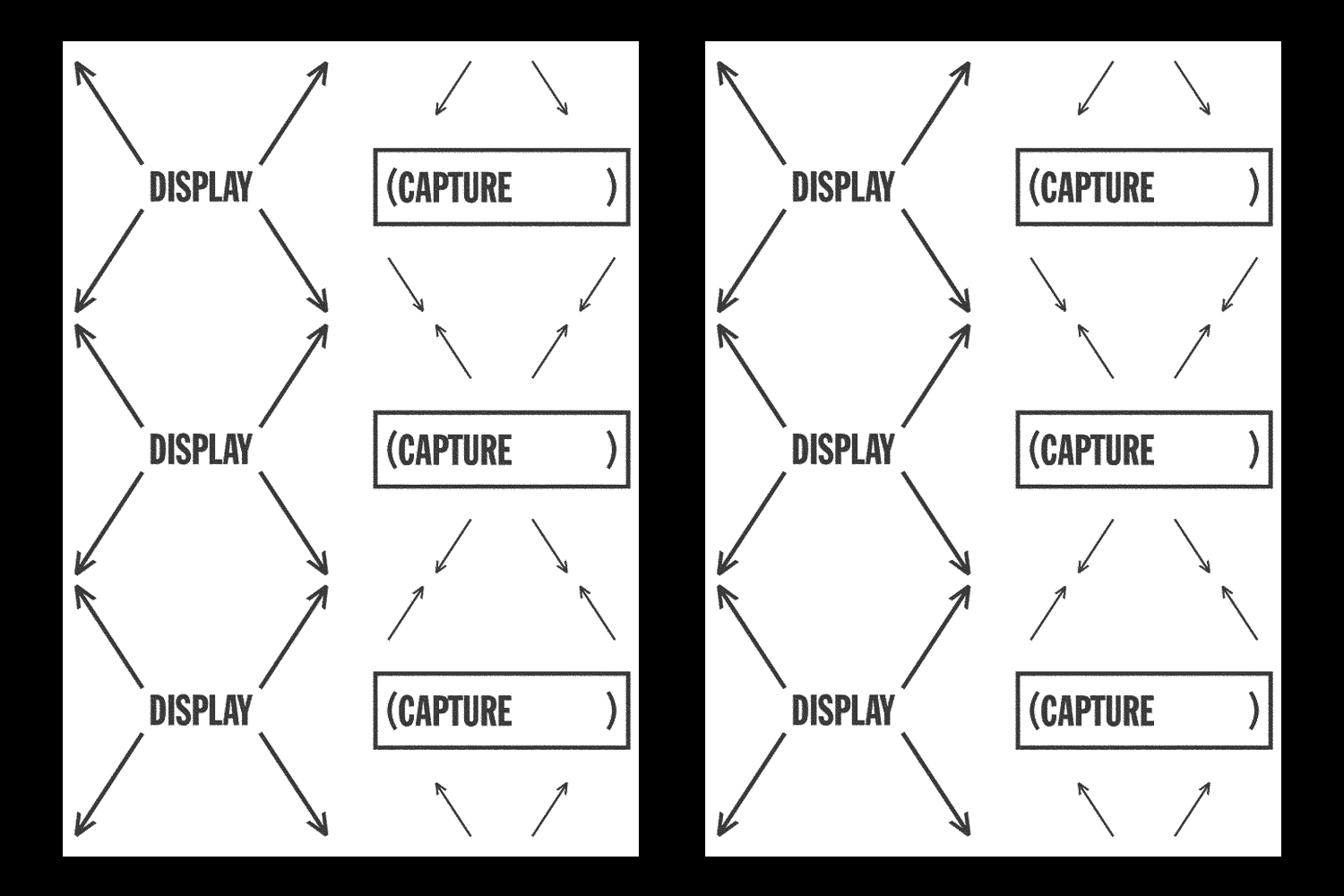

FINALLY, THINGS ARE HAPPENING
project type - Visual identity, Editorial
year - 2021
year - 2021
With "FINALLY, THINGS ARE HAPPENING" Studio for Immediate Spaces (Sandberg Instituut) is proud to present works of its 2021 graduates. Through experimental and material research into the meanings and possibilities of coming together, sharing knowledge, caring for another—be it humans or nature—all works unite under the ambition to create or critically reflect on spaces to facilitate a new sociability. Through various media, ranging from film, performance to sculpture and environment, the works manifest as signs and symbols of a new normal that has changed the way of living together in recent months, creating novel perceptions of space, imagining alternative rituals and practices.
For the past months Reneenee/Maison Descartes and Kristoffer Zeiner gave refuge to the Studio for Immediate Space in times of harsh social regulations. For FINALLY, THINGS ARE HAPPENING Reneenee/Maison Descartes will once again host the Studio to showcase the results of its graduates’ works, which to a large part were conceived and fostered in this magical place.
Featured in Slanted Magazine 40 Experimental Type.
For the past months Reneenee/Maison Descartes and Kristoffer Zeiner gave refuge to the Studio for Immediate Space in times of harsh social regulations. For FINALLY, THINGS ARE HAPPENING Reneenee/Maison Descartes will once again host the Studio to showcase the results of its graduates’ works, which to a large part were conceived and fostered in this magical place.
Featured in Slanted Magazine 40 Experimental Type.


